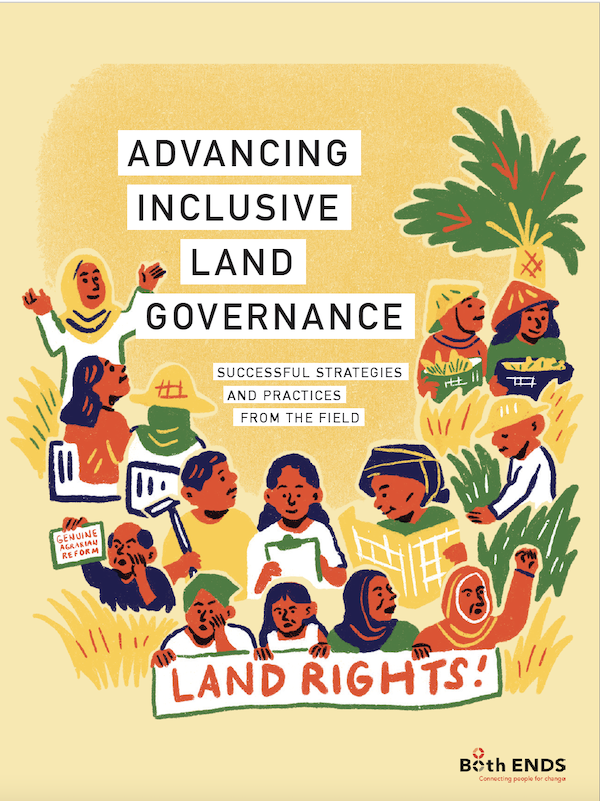Regreening Africa: A bottom-up transformation of degraded lands
It is estimated that 20% of global land is either degraded or undergoing degradation, leading to an annual loss of 12 million hectares of productive land (UNCCD 2017). In Africa, some 715 million ha are degraded, including 65% of all arable land, 30% of all grazing land and 20% of all forests. This is due to increasing populations, poor land management, institutional challenges and climate change (Gnacadja and Wiese 2016).



